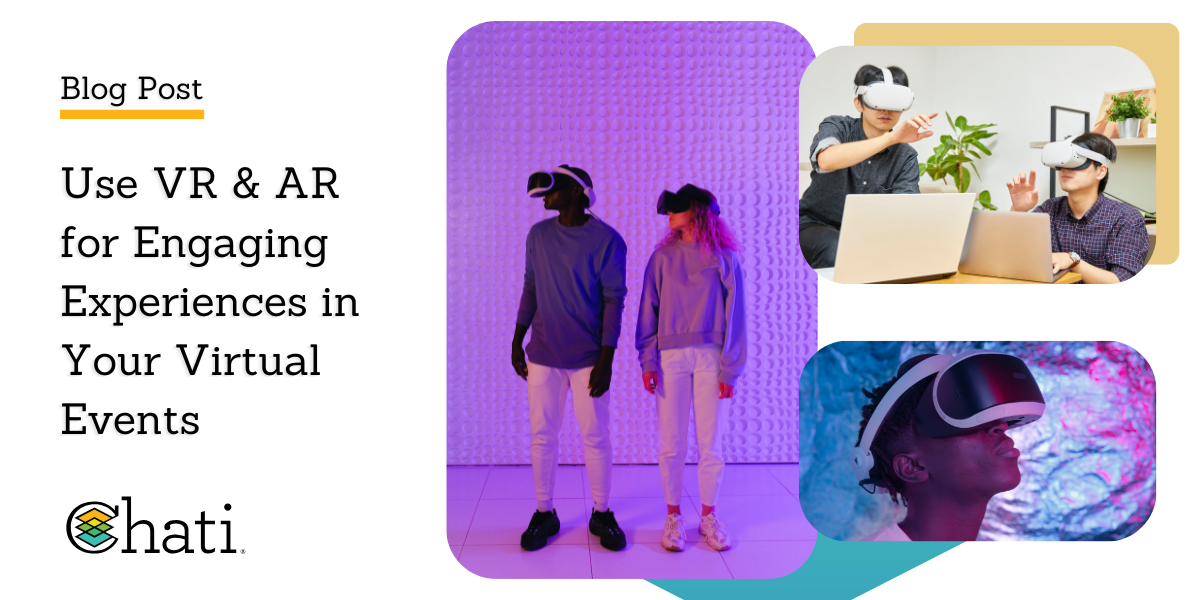The shift from static video conferencing to immersive 3D environments, powered by virtual reality and augmented reality (VR/AR), is reshaping attendee expectations and event outcomes. Increasingly accessible, these technologies now enhance engagement at events of all sizes. Here, we will discuss how to incorporate immersive VR/AR into your virtual events, including why they work, best strategies, measuring engagement, and more. With this, you will have the tools and resources to organize impactful virtual events for worldwide audiences.
Why VR & AR Are Game-Changers in Virtual Events
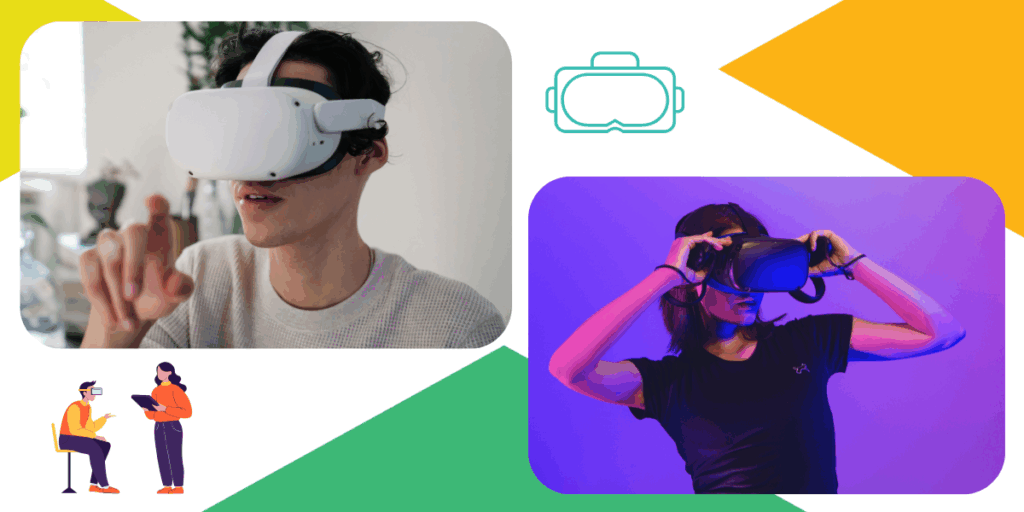
Immersive experiences boost attendee engagement and content retention through hands-on learning, creating emotional connections and memorable “wow” moments. These benefits extend across industries like education, healthcare, manufacturing, and marketing, transforming how people learn and connect.
Top Use Cases for VR & AR in Virtual Events
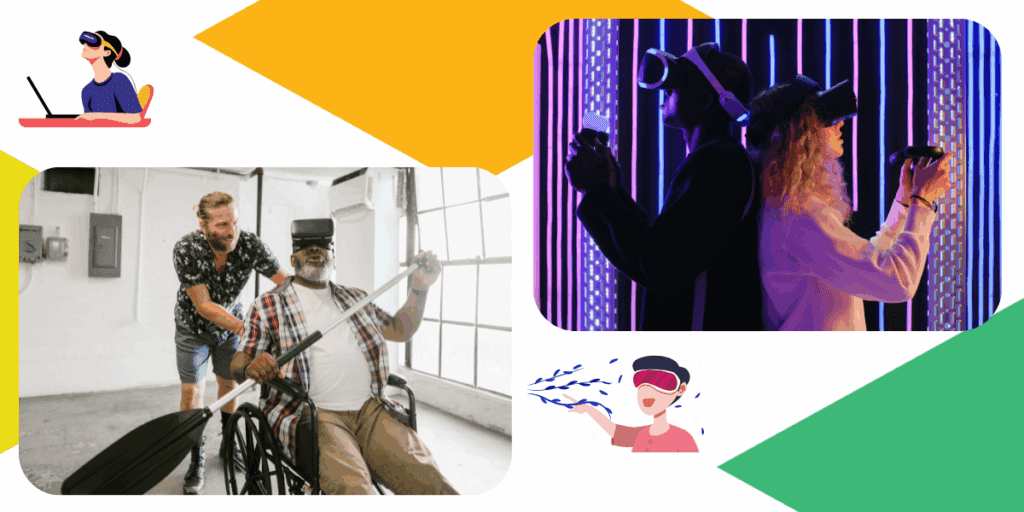
1. Virtual Trade Shows and Expo Halls
Fully navigable 3D booths features interactive product displays and holographic demonstrations, offering immersive exploration. Advanced attendee tracking and engagement analytics provide valuable insights, enabling exhibitors to understand visitor behavior and optimize interactions for greater event success.
2. Virtual Venue Tours
VR enables attendees and clients to virtually walk through real-world locations, enhancing hospitality, real estate, and event planning showcases by providing immersive, detailed tours that improve decision-making and elevate the overall experience.
3. Immersive Training and Workshops
AR overlays and VR environments offer hands-on learning experiences, enhancing training and skill development. These technologies are especially popular in healthcare, manufacturing, and technical fields, where immersive practice improves accuracy, safety, and knowledge retention.
4. AR-Powered Presentations and Keynotes
Augmented infographics, interactive slides, and visual storytelling create dynamic presentations that engage audiences more deeply than traditional slide decks or pre-recorded videos, transforming passive viewing into active participation for better understanding and lasting impact.
5. Networking in Virtual Reality
Avatar-based interactions in digital social lounges use realistic movement, spatial audio, and a strong sense of presence to simulate face-to-face conversations, creating immersive, natural social experiences that enhance virtual networking and connection.
Best Tools & Platforms Offering VR/AR Event Capabilities
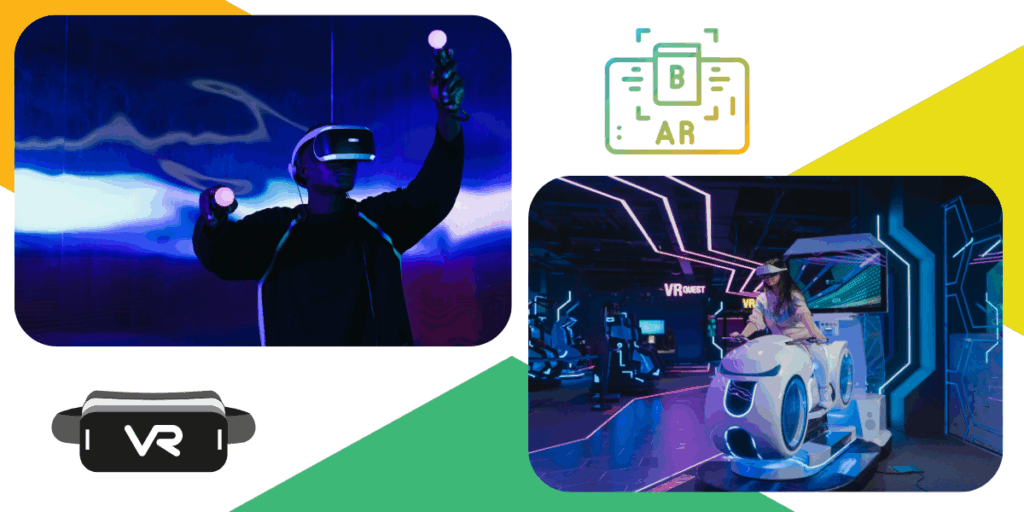
Leading immersive platforms like Virbela, MootUp, Spatial, and Engage offer diverse virtual experiences. Key considerations include headset compatibility, browser-based access, and real-time interaction support to ensure seamless, engaging participation for all users.
Planning Tips for Adding VR & AR to Your Event
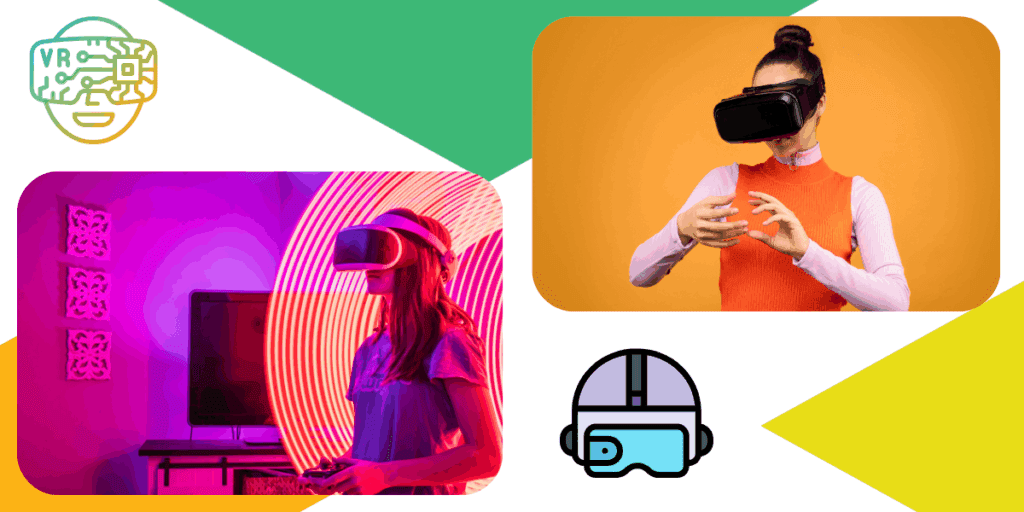
Understanding your audience’s tech readiness—whether VR headsets or mobile AR—is essential. Keep experiences intuitive and optional, providing tutorials and support for first-time users to ensure smooth adoption and maximize engagement across diverse participants.
Measuring Engagement in Immersive Environments
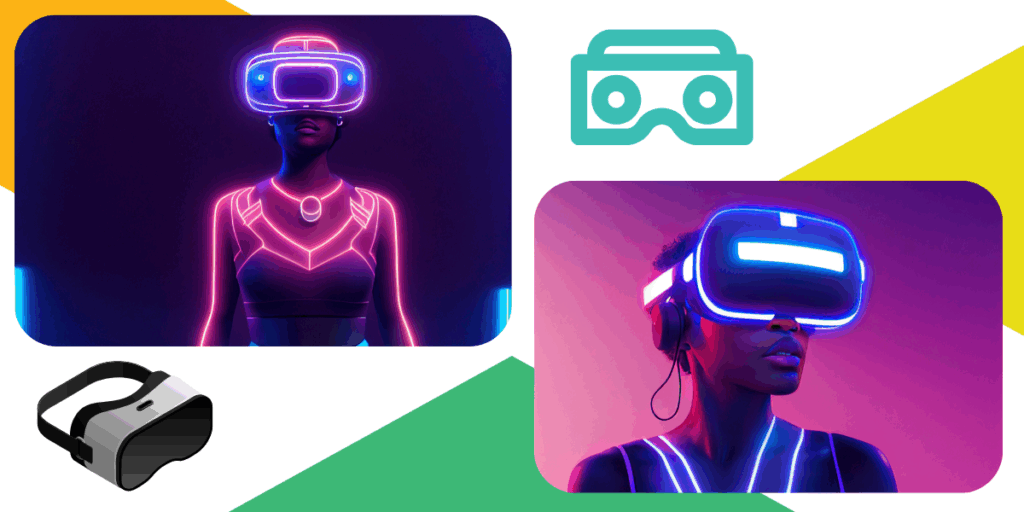
Key metrics like session time, booth dwell time, interaction rates, and feedback surveys provide valuable event insights. Heatmaps and movement tracking further reveal attendee behavior patterns, helping organizers optimize layouts and enhance overall engagement effectiveness.
Challenges and Considerations
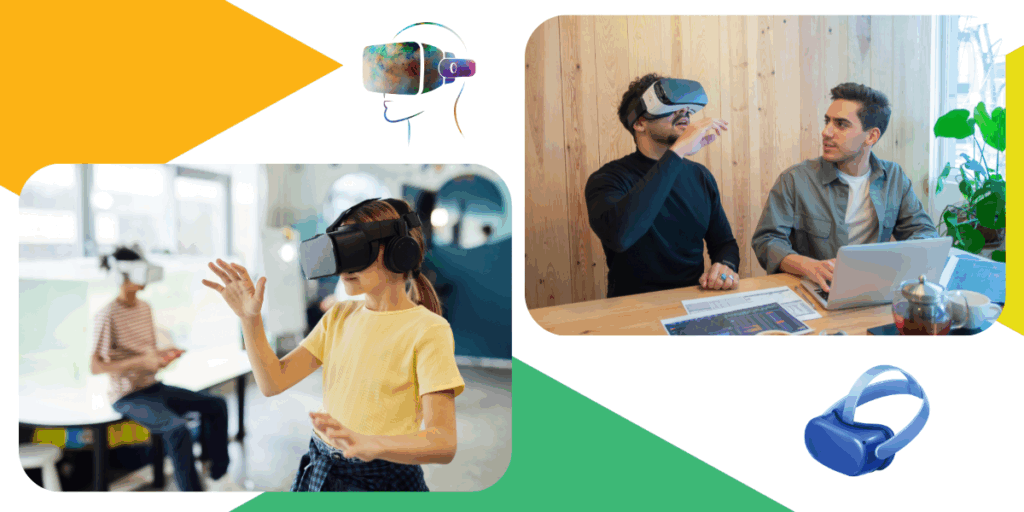
Prioritize accessibility and device compatibility across headsets, mobile, and desktops while managing costs and avoiding tech fatigue. Focus on creating immersive content that delivers meaningful impact rather than relying solely on novelty to engage audiences effectively.
Summary
Here, we discussed how to incorporate immersive VR/AR into your virtual events, including why they work, best strategies, measuring engagement, and more. Now armed with this knowledge, you have the tools and resources to organize impactful virtual events, enabling worldwide audiences to achieve their personal and professional goals.

We encourage organizers to pilot immersive elements to boost engagement and differentiation, resulting in increased diversity, inclusivity, and connectivity for audiences worldwide. Please contact Chati for more information about incorporating VR and AR into your next virtual event, as VR and AR are no longer niche, they’re essential tools in the modern virtual event toolbox.
